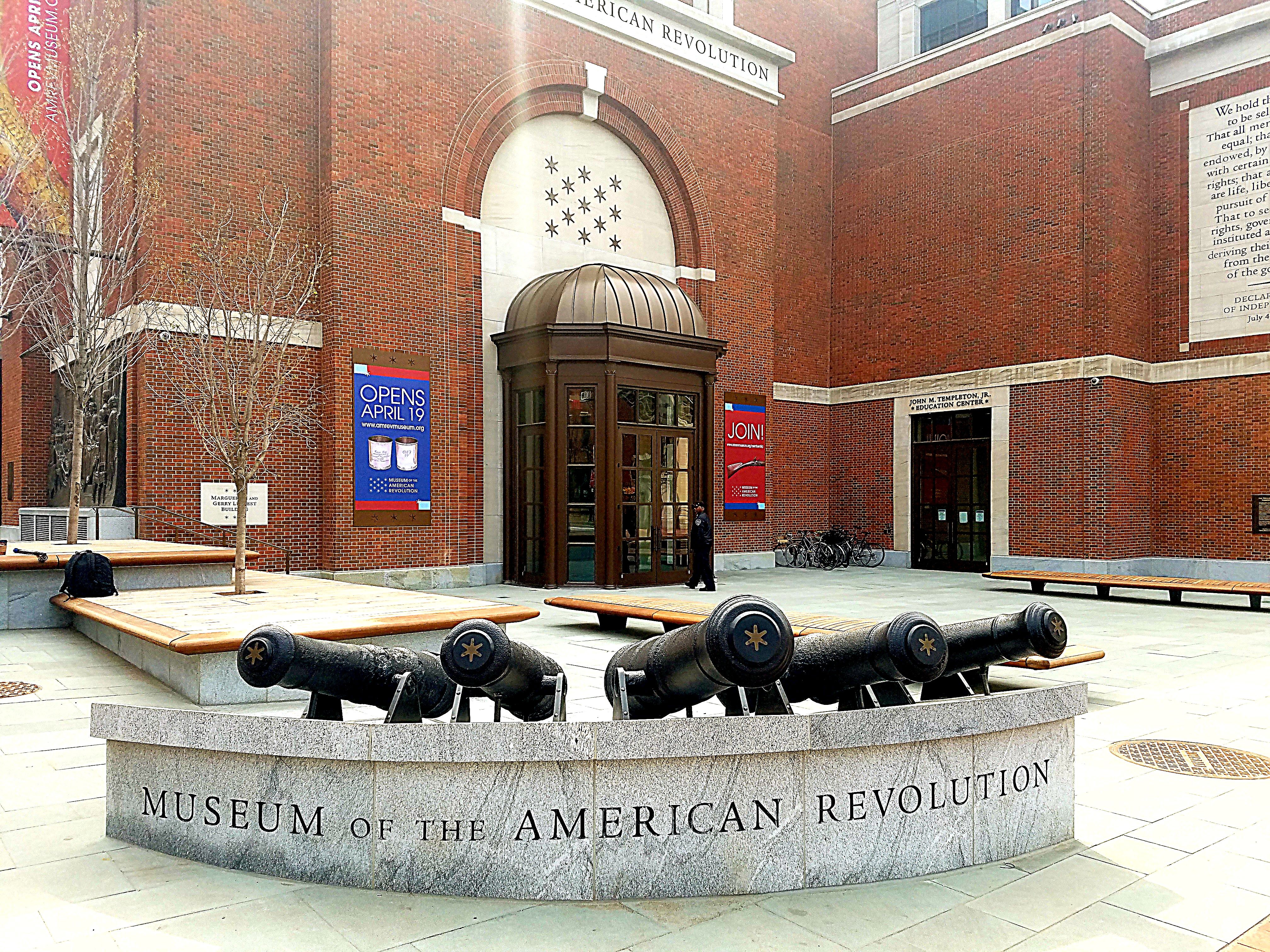
[OP-ED]: “Latino Patriots” of the American Revolution… Donde Estan?
Latinos should not be excluded from a pivotal moment in the infancy of American history!
The Museum of the American Revolution is set to open April 19th to the public. Located on the corner of 3rd and Chestnut streets, the museum takes us on a journey through the American Revolution with a wide and abundant collection of letters, weapons, works of art, and personal items.
There are also galleries, theater experiences, and recreations of historical events to bring the people and the ideals of our nations founding to life. Amongst all of the interactive touchscreens and artifacts that you will find in the museum, there is one big thing missing… the Latino experience in the American Revolution.
Many cultural perspectives are displayed throughout the walls and from audio narrations within the museum. From enslaved African-Americans looking for freedom in wartime Virginia to the Oneida Nation who fought along side colonists of the United States in the Battle of Saratoga are represented.
The question is… where are the Latinos? As a matter of fact, Latinos in the United States were very eager to help American colonists in their struggle against England. Although Spain was not yet officially in the conflict, the military contribution to the young, yet developing colonies of the United States started the process of proving the commitment, loyalty and patriotism of Latinos.
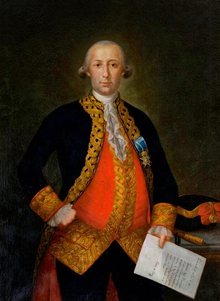 One important Latino figure during this time was Governor and General Bernardo De Galvez. Born in Macharaviaya, Spain and Latino governor of the Louisiana territory during the American Revolution, he was a major factor in assisting General George Washington in fighting British soldiers who were advancing into the southwestern part of the United States.
One important Latino figure during this time was Governor and General Bernardo De Galvez. Born in Macharaviaya, Spain and Latino governor of the Louisiana territory during the American Revolution, he was a major factor in assisting General George Washington in fighting British soldiers who were advancing into the southwestern part of the United States.
Galvez helped by blockading British ships although Spain did not officially declare war against Britain. Governor De Galvez also provided weapons and food to the Continental Army between 1775 and 1777. When Spain officially declared war with Great Britain in 1779, de Galvez organized a militia of Native-Americans, freed African-Americans, and his own soldiers to attack the British held forts at Baton Rouge and New Orleans, Louisiana, and Natchez, Mississippi. Within a couple years time, he also was able to liberate the cities of Mobile, Alabama and Pensacola, Florida.
The governor also played a vital role in assisting Americans with the capture of Yorktown, Virginia. With the help of Cuba, he obtained supplies for French Admiral Joseph Paul De Grasse who then sailed up the Chesapeake Bay and assisted Washington to victory.
RELATED CONTENT
 Another patriot, George Farragut, also known as Jorge Farragut Mesquida, who was born in Minorca, Spain in 1755, was a lieutenant in the American Revolution for the South Carolina Navy. He fought the British in the Battle of Savannah but was captured in the Siege of Charleston in 1780.
Another patriot, George Farragut, also known as Jorge Farragut Mesquida, who was born in Minorca, Spain in 1755, was a lieutenant in the American Revolution for the South Carolina Navy. He fought the British in the Battle of Savannah but was captured in the Siege of Charleston in 1780.
He was released in a prisoner exchange and later fought in the battle of Cowpens in South Carolina and other battles in Wilmington, North Carolina. As part of the North Carolina Calvary in Cowpens, he saved the life of his commander Lieutenant William Washington in a hand to hand combat with Lieutenant Colonel Banastre Tarleton. Farragut’s army was able to block Tarleton’s militia from retreating in 1781. While fighting for his adopted country, he never forgot his birthplace of Minorca, Spain.
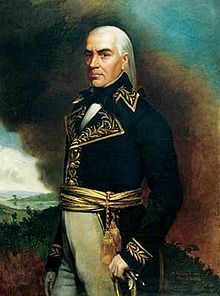 Born in Caracas, Venezuela, Francisco De Miranda became part of the Spanish army at the age of 22. He was involved in the American Revolution in 1781 participating in the Siege of Fort Pensacola. Miranda was awarded a temporary title of lieutenant colonel during the campaign. As a mentor under General de Galvez, Miranda fought in Pensacola, contributed to Washington’s victory in Yorktown, and was a part of the Spanish capture of the Bahamas.
Born in Caracas, Venezuela, Francisco De Miranda became part of the Spanish army at the age of 22. He was involved in the American Revolution in 1781 participating in the Siege of Fort Pensacola. Miranda was awarded a temporary title of lieutenant colonel during the campaign. As a mentor under General de Galvez, Miranda fought in Pensacola, contributed to Washington’s victory in Yorktown, and was a part of the Spanish capture of the Bahamas.
 Another aspect that cannot be overlooked is that Cuba was a major financial contributor in equipping thousands of General Washington’s troops. Cuba’s first creole captain general and governor of La Habana, Juan Manuel de Cagigal y Montserrat helped to organize a huge fundraising campaign with Cuba’s elite. The 1.2 million pounds sterling Washington received would today be the equivalent of $28 million dollars.
Another aspect that cannot be overlooked is that Cuba was a major financial contributor in equipping thousands of General Washington’s troops. Cuba’s first creole captain general and governor of La Habana, Juan Manuel de Cagigal y Montserrat helped to organize a huge fundraising campaign with Cuba’s elite. The 1.2 million pounds sterling Washington received would today be the equivalent of $28 million dollars.
With this assistance, Washington was able to put all of his focus on the eastern front of the war while Galvez sent weapons, medicine and uniforms up the Mississippi and Ohio Rivers, then across Pennsylvania. Of all these facts many people probably did not know about, there was one other tidbit. George Washington invited Galvez to march along side him in the victory parade of July 4, 1783. Galvez’ accomplishments were also recognized by the Continental Congress.
As much as these Latinos have contributed to the outcome of the American Revolution, they are merely a footnote found in a history book that everyone would overlook. These periods in American/Latino history should have its own moment in the spotlight and not only be a part of the museum, but also become one of the cornerstones of American history.



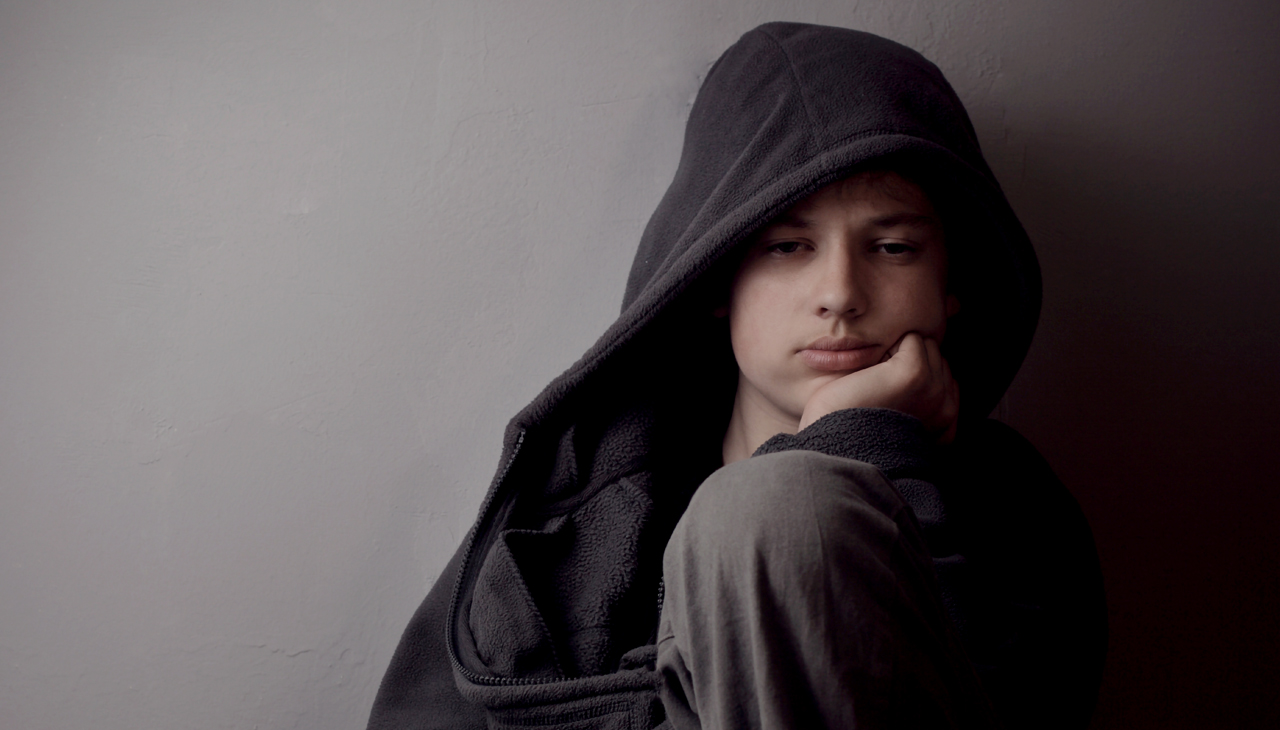




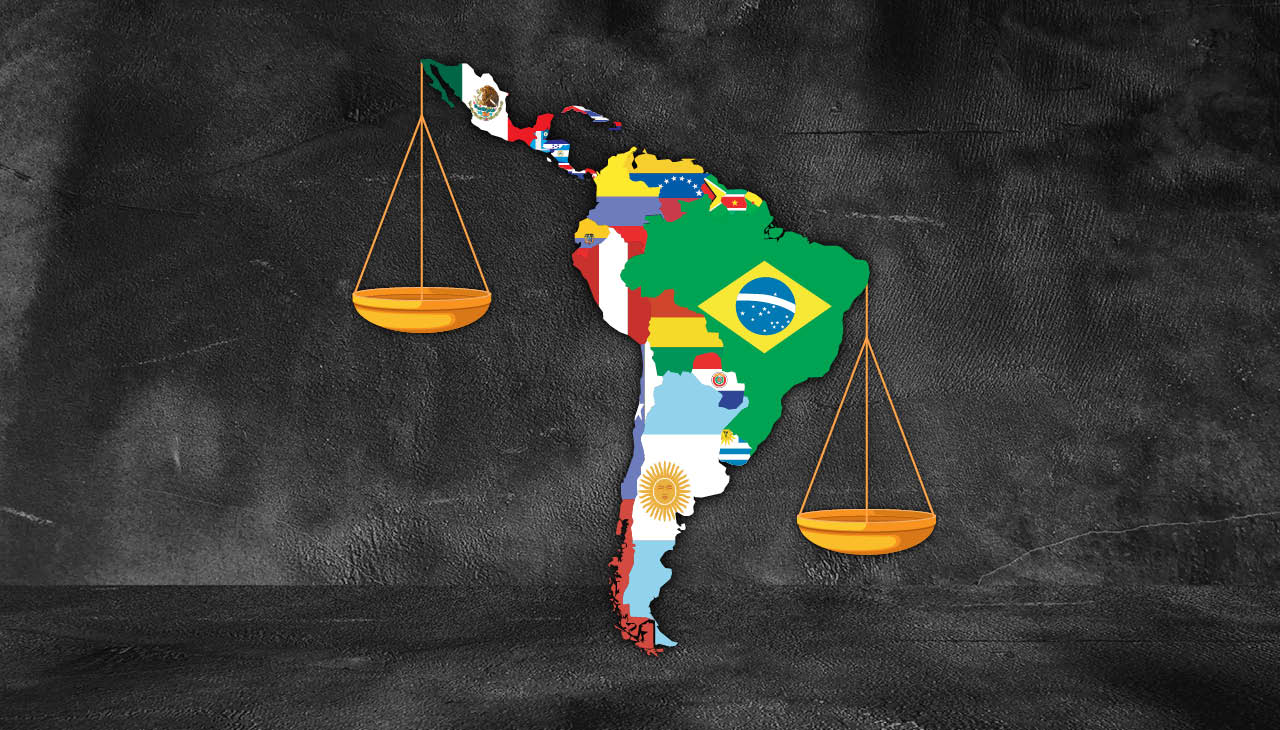

LEAVE A COMMENT: